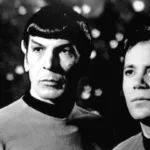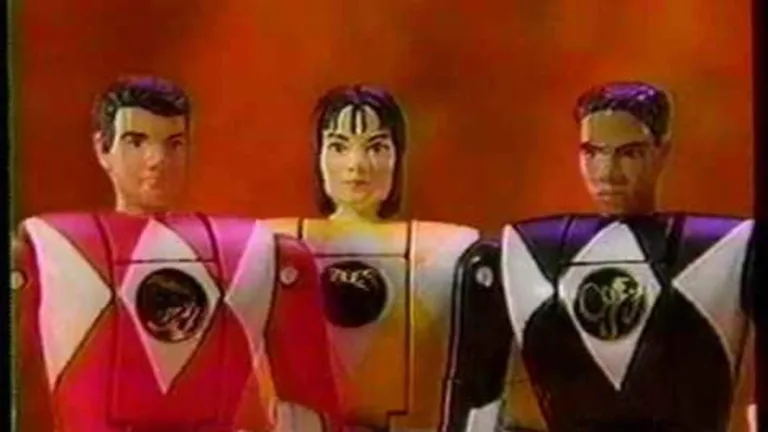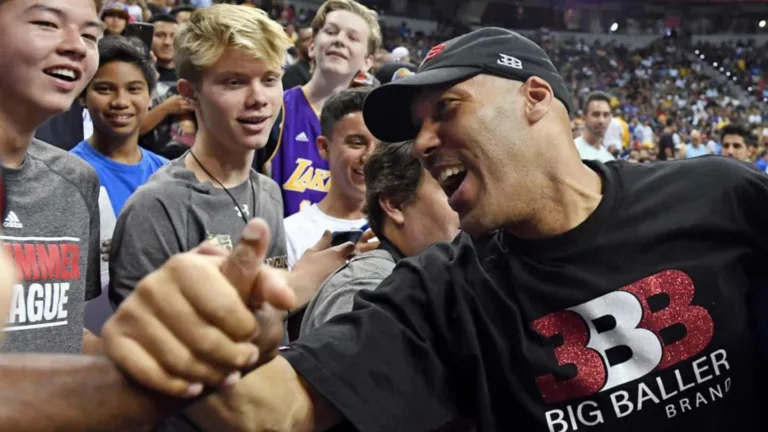Remember that iconic music video for Michael Jackson’s “Thriller”? Or the unforgettable performance of Madonna’s “Like A Prayer”? These are just glimpses into the revolution that Mtv sparked when it first launched on August 1, 1981. It wasn’t just about playing music videos; Mtv created an entirely new cultural landscape where visuals and sound intertwined to create a captivating experience for viewers.
Before Mtv, music was primarily consumed through radio broadcasts and live performances. While these mediums had their charm, they lacked the visual element that would later become synonymous with popular culture. Mtv changed all that. It gave artists a platform to Express Themselves Visually, telling stories through music videos that were as compelling as the songs themselves. This shift wasn’T Just About Aesthetics; it was about accessibility and engagement. Mtv made music more tangible, allowing viewers to connect with their favorite artists on a deeper level.
This cultural phenomenon didn’T Happen Overnight. Key individuals like John Lack, Robert Pittman, and Mark Goodman, Alan Hunter, and Nina Blackwood played pivotal roles in making Mtv the global powerhouse it is today. They understood the power of music and its ability to transcend boundaries, creating a platform that would not only revolutionize music consumption but also Shape Generations To Come. With Mtv trivia Buzzing Amongst Fans, everyone wanted to be part of this exciting new world, and Mtv became more than just a television channel; it evolved into a cultural icon.
The Genesis of Mtv: A Cultural Turning Point
The story of Mtv begins not with a bang, but with a vision. A group of forward-thinking individuals recognized that music was More Than Just Sound; it was a visual experience waiting to be unleashed. They imagined a world where artists could express themselves through captivating visuals, and viewers could immerse themselves in the music like never before. This vision gave birth to Mtv, a revolutionary concept that would forever change the landscape of music and Popular Culture.
The launch of Mtv on August 1, 1981, wasn’t just a milestone; it was a cultural turning point. It ushered in an era where music videos became a dominant force, Influencing Fashion Trends, Shaping Artistic Expression, and creating new avenues for celebrity stardom. Mtv didn’T Just Play Music Videos; it curated them into a captivating narrative, weaving a tapestry of sound and visuals that resonated with audiences worldwide.
 Fun Facts About Star Trek: Impact on Sci-fi & Culture
Fun Facts About Star Trek: Impact on Sci-fi & CultureThis groundbreaking concept quickly caught fire, transforming how people consumed music and interact with their favorite artists. Mtv became more than just a Television Channel; it evolved into a cultural phenomenon, Sparking Conversations, Inspiring Creativity, and defining a generation’s Musical Identity. With its vibrant aesthetics and relentless pursuit of innovation, Mtv proved that music could be both a sound and a sight To Behold, forever changing the way we experience it. The impact of Mtv was immediate and far-reaching, influencing everything from fashion trends to Film Production.
Music Videos: From Niche to Mainstream Phenomenon
Before Mtv, music videos were mostly relegated to the fringes of popular culture, often considered a niche interest for die-Hard Fans. They were rarely aired on mainstream television and existed primarily as promotional tools for artists hoping to gain exposure. But with the arrival of Mtv, Everything Changed. Music videos suddenly became a central part of the musical landscape, transforming from obscure curiosities into cultural touchstones.
Mtv’s unwavering dedication to showcasing music videos propelled them into the mainstream. Artists began recognizing the power of Visual Storytelling, investing heavily in creating captivating and innovative videos that would captivate audiences. Iconic music videos like Michael Jackson’s “Thriller,” Madonna’s “Like A Prayer,” and Prince’s “Purple Rain” Became Cultural Phenomena, blurring the lines between music and art. Mtv’s relentless programming cycle ensured that viewers were constantly exposed to this new wave of visual artistry, solidifying the concept of music videos as an essential component of the Music Experience.
This shift in perception was a watershed moment for the music industry. Mtv trivia became a popular pastime as fans dissected the symbolism and narratives embedded in these groundbreaking videos. Artists realized that they could connect with their audiences on a deeper Level Through Visual Storytelling, fostering a new era of creativity and collaboration between musicians and filmmakers.
VJs: Shaping the Mtv Experience
Mtv wouldn’t be the same without its charismatic VJs – the individuals who guided viewers through the mesmerizing world of music videos. Mark Goodman, Alan Hunter, and Nina Blackwood became household names, their infectious energy and genuine enthusiasm for music captivating audiences from the Very Beginning. They weren’T Just Presenting Videos; they were curating an experience, weaving together a tapestry of sound and visuals that felt both personal and engaging.
These pioneering Vjs introduced a new level of interactivity to television, breaking down the barriers between artists and fans. They interviewed musicians, shared behind-the-Scenes Stories, and even introduced some viewers to their favorite bands for the first time. Their personalities became synonymous with Mtv, shaping the network’s identity and fostering a sense of Community Among Its Viewers. They were more than just hosts; they were cultural ambassadors, bridging the gap between music and its audience in a way that Had Never Been Seen Before.
Through lively banter and genuine passion for music, they transformed Mtv from a channel playing videos into a vibrant platform for musical discovery and shared experiences. The impact of these early VJs reverberates to this day, proving that personality and connection can be just as important as the content itself in forging a lasting Cultural Legacy.
Global Expansion and Diversification
Mtv’S Success Story wasn’t confined to American shores. The network’s innovative approach to music programming resonated globally, quickly expanding its reach to become a truly international phenomenon. Mtv Europe launched in 1987, followed by Mtv Asia and countless Other Regional Channels, bringing the unique Mtv experience to Diverse Audiences Worldwide. This global expansion not only introduced Western music to new markets but also showcased local talent and cultural expressions, creating a platform for cross-cultural exchange and understanding.
To cater to evolving audience preferences, Mtv diversified its programming beyond music videos. The network introduced reality shows, documentaries, Comedy Specials, and even animated series, expanding its appeal to a wider demographic. This diversification strategy proved successful, solidifying Mtv’s position as a leading entertainment powerhouse and keeping it at the forefront of popular culture trends.
The launch of dedicated channels like Vh1, focusing on classic rock and adult Contemporary Music, further demonstrated Mtv’s commitment to catering to niche audiences. This Global Expansion and diversification strategy allowed Mtv to adapt to changing tastes while maintaining its core identity as a platform for innovative and engaging content.
Legacy Of Innovation In Visual Media
Mtv’s influence extends far beyond the realm of music. The network’s pioneering approach to visual storytelling has left an indelible mark on the landscape of television and popular culture. By showcasing visually captivating music videos, Mtv pioneered a new form of entertainment that prioritized aesthetics, narrative, and artistic expression. This innovative approach paved the way for the rise of visual-Centric Media, Inspiring Filmmakers, advertisers, and artists alike to embrace the power of images in storytelling.
Mtv’s impact can be seen in the proliferation of music video channels, award shows dedicated to visual artistry, and the increasing emphasis on visually Compelling Content Across Various Platforms. The network’s legacy serves as a testament to the enduring power of innovation and creativity in shaping cultural trends. From its iconic logo to its Influential Programming, Mtv has left an undeniable mark on the way we consume and interact with visual media.
The network’s commitment to pushing creative boundaries continues to inspire generations of artists and storytellers, solidifying its place as a true pioneer in the evolution of visual media.










